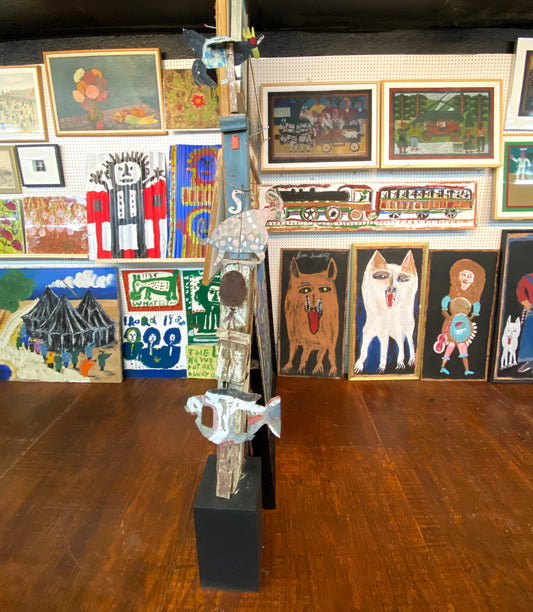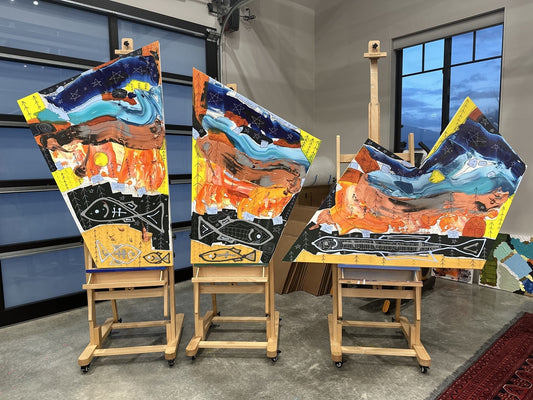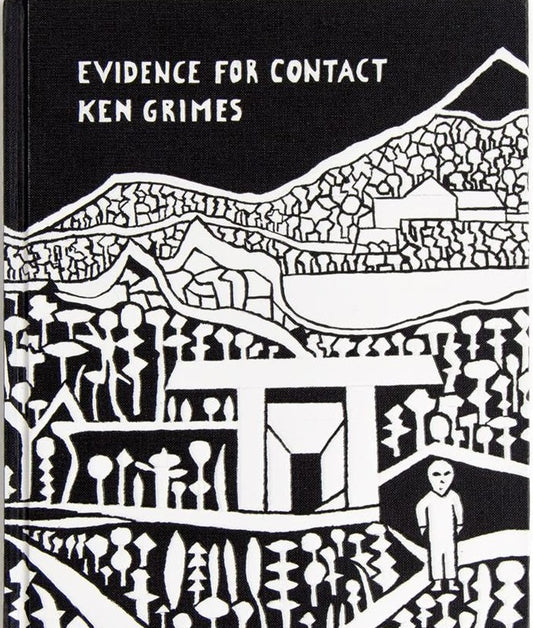Francisco González Gragera
(1926–2016)
Francisco González Gragera, creator of the spectacular Capricho de Cotrina in western Spain, died suddenly on September 19, 2016. He was 90 years old.
 Francisco González Gragera, December 31, 2015; photo © Jo Farb Hernández
Francisco González Gragera, December 31, 2015; photo © Jo Farb Hernández
González’s development into one of Spain’s most inventive and driven art environment builders could never have been predicted. Born on Christmas Day, 1925 to a poor family of subsistence farmers, Francisco left school at age 13 to work full-time in the fields, and then, by age 17, to work in construction. After eleven years in the Basque city of Bilbao, he moved back to Extremadura, near the village of his birth, where he and his brother opened a stonework business, cutting marbles and limestone for walls, floors, counters, and tombstones.
While actively involved in this business, González dreamt about constructing a country home on adjacent land to explore his increasing interest in sculpting natural forms. Beginning in 1988, basing his work only on a few simple pencil or pen outlines drawn in single perspective, he framed and assembled a two-story structure characterised by sinuous lines and organic contours. Despite some obvious congruencies, González staunchly resisted any comparison between his work and the trencadís-ornamented fluid forms of Catalan architect Antoni Gaudí: “I didn’t ever visit Barcelona [before I started building],” he noted, “and I couldn’t copy any plans from television,” where he first saw images of Gaudí’s works. Besides, he said, “that man made Pharaonic works and this is just a simple house that I thought up in order to leave to my children” (Poves, Hoy July 18, 2010).
González’s Capricho is linked to aesthetic fantasy and personal dreams but also to the natural and man-made worlds. His architectural whimsy is also tinged with painful memories, marked by images representing the postwar years of starvation across Spain and the deprivations of the wars. His personal campaign to prove to others that he was worthy, that he was special, also underlay his impetus for construction.
Yet over the course of his years of construction, he was obstructed again and again: on a personal level, as he periodically ran out of discretionary funds to spend on building materials, but also due to municipal mandates to stop work, given his lack of certification as an engineer or architect, and to his disregard of the inflexible urban codes that allowed no variant for this kind of unusual construction. He lost some eight to ten years as he waited, chafing at the bit. Finally, in 2011, the administration changed, and he joyously returned to work, completing a master bedroom area connected by an undulating hallway to the main house, and undertaking separate projects to enhance other areas of the site, such as an elaborate outdoor cooking area. Although he did not realise his dream, his son Roberto has pledged to bring the Capricho to completion.
Powerful and compelling with its sinuous forms, otherworldly plants, and imaginary animals, Francisco González Gragera did, indeed, evolve from poor unknown farmer into renowned artist, as he created one of the most spectacular art environments in all of Spain.
by Jo Farb Hernández


